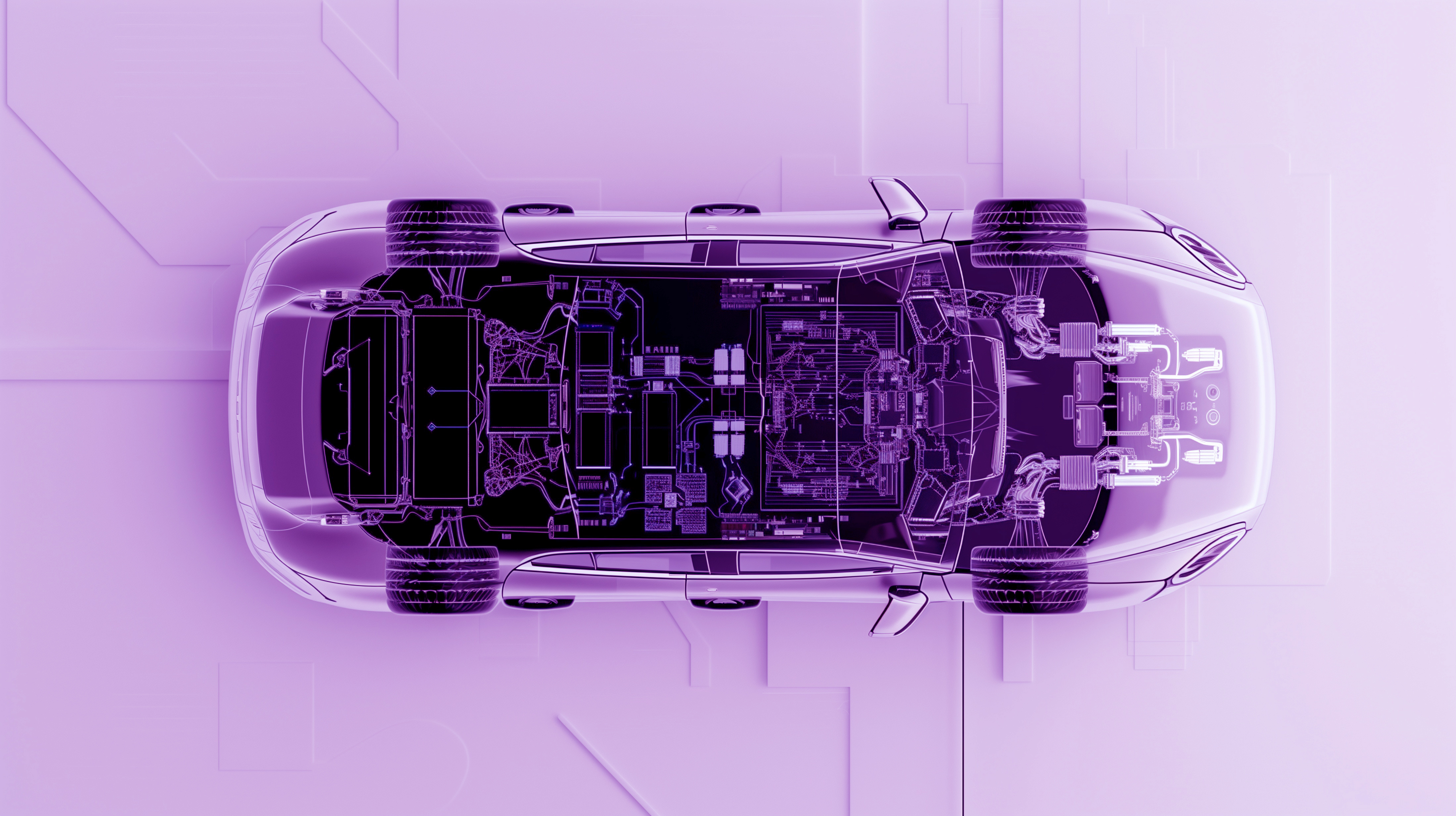Software Defined Vehicles: A New Paradigm in Automotive Development

The automotive industry is undergoing a dramatic transformation. For over a century, innovation was hardware-driven, engines, transmissions, and mechanical improvements. Today, software is the defining force. This shift has introduced the Software-Defined Vehicle (SDV) — a car where features, performance, and services are powered primarily by code.
In a Software Defined Vehicle, software is the backbone of operations, enabling real-time control, constant updates, and new business opportunities. This transition is reshaping vehicle architecture, development processes, and the relationship between automakers, suppliers, and consumers.
From Hardware-Focused to Software-Driven
Historically, vehicles relied on numerous Electronic Control Units (ECUs), each responsible for a specific function: braking, infotainment, engine control, and more. These units operated in silos, leading to:
-
Complex wiring and heavy vehicle architecture
-
Inconsistent communication between systems
-
Limited ability to update or improve features after production
The Software-Defined Vehicle flips this model. Instead of designing software to match hardware, automakers now design hardware to support flexible, upgradable software platforms. Centralized computing replaces dozens of ECUs, enabling more efficient communication and long-term upgradability. Like smartphones, SDVs can evolve over time.
What Makes a Vehicle Software-Defined?
A Software-Defined Vehicle uses integrated computing platforms and sophisticated software to control its systems. Rather than relying on dedicated hardware, Software Defined Vehicles use a centralized or zonal architecture, powerful processors, and cloud connectivity. Key features include:
-
Centralized Computing Architecture: High-performance processors manage multiple vehicle domains. This simplifies integration, lowers costs, and enables future updates without changing hardware.
-
Over-the-Air (OTA) Updates: Vehicles receive new features, performance improvements, and bug fixes remotely, without dealer visits. This turns cars into continuously improving platforms.
-
Data-Driven Design & Development: SDVs generate and process large volumes of data. Automakers analyze real-world usage to optimize software updates, monitor vehicle health, and support predictive maintenance.
-
Extended Lifecycle Management: Vehicle performance can be improved years after sale. Software manages everything from battery life to infotainment personalization.
-
Cloud Connectivity: SDVs are connected to other vehicles, infrastructure, and the cloud. This supports live traffic updates, remote diagnostics, V2X communication, and more.

Why the Shift is Happening Now
Several trends are driving the rise of Software-Defined Vehicles:
-
Electric Vehicles (EVs): EVs have fewer mechanical components, making them ideal for software-based control and energy management.
-
ADAS and Autonomy: Advanced driver assistance features and autonomous driving require real-time data processing and AI algorithms.
-
Connectivity: Cars are now connected to the internet, other vehicles, and smart infrastructure, enabling over-the-air updates and cloud services.
-
Digital Experience Expectations: Drivers expect their cars to behave like smartphones — customizable, updatable, and user-friendly.
Business and Ecosystem Transformation
The SDV model opens new revenue streams and transforms OEM-customer relationships:
-
Software as a Service (SaaS): Features like driver assistance, navigation, or infotainment can be sold as on-demand upgrades.
-
Subscription Models: Customers can pay for features when needed — monthly or annually.
- Portability: Drivers can take their subscribed functions with them when switching between vehicles, just like paid apps on smartphones.
-
Data Monetization: Vehicle data can support services like usage-based insurance, fleet analytics, and smart city planning.
OEMs are rethinking their roles. Instead of being hardware assemblers, they’re becoming software platform providers, building proprietary OS layers, APIs, and cloud services while collaborating with third-party developers.
Impact on Development and Operations
The SDV paradigm requires a shift in how vehicles are developed and maintained:
-
Agile Development: Automakers are adopting continuous integration, continuous deployment, and cross-functional teams to deliver fast, frequent software updates.
-
Virtual Testing: Simulations and digital twins enable testing of new features before the hardware even exists, accelerating development cycles.
-
Lifecycle Management & DevOps: Vehicles are monitored in the field, with updates deployed to resolve issues, improve performance, or enhance security.
-
Cybersecurity: As vehicles become more connected, robust encryption, authentication, and anomaly detection are vital to protect both software and data.
The Role of NIRA Dynamics in the Software Define Vehicle Ecosystem
NIRA Dynamics delivers embedded software that transforms existing vehicle data into new functions without the need for additional hardware:
-
Tire Pressure Indicator (TPI): Detects underinflation by analyzing wheel speed signals.
-
Tread Wear Indicator (TWI): Monitors tire condition in real-time.
-
Loose Wheel Indicator (LWI): Identifies potential wheel separation through vibration analysis.
-
Tire Grip Indicator (TGI): Measures real-time road friction to support stability systems.
-
Road Surface Alerts (RSA): Shares friction data with nearby vehicles and the cloud to warn of hazards.
-
Road Surface Conditions (RSC): Aggregates data from multiple sources for wide-area road status monitoring.
-
Predictive Maintenance: Combines multiple software features to anticipate service needs and prevent failures.
-
EV Optimization: Uses surface data to improve energy efficiency, adjust regenerative braking, and refine range estimation.
NIRA’s software aligns seamlessly with SDV architecture — built for scale, continuous improvement, and integration with centralized systems. These functions enhance safety, efficiency, and sustainability using sensor fusion and smart algorithms.

Conclusion: Embracing the Software Defined Vehicle Future
Software-Defined Vehicles represent a new era in automotive development. Centralized computing, OTA updates, and data-driven services are revolutionizing the way vehicles are designed, sold, and experienced.
With proven solutions like those from NIRA Dynamics, automakers can transform both legacy and next-gen platforms into smarter, more adaptable products. The shift to SDVs is not just a trend ,it’s a long-term strategic evolution that offers manufacturers and drivers unprecedented value, performance, and personalization.
As the industry accelerates toward this software-first future, those who embrace it will lead the way in innovation, safety, and customer satisfaction.




